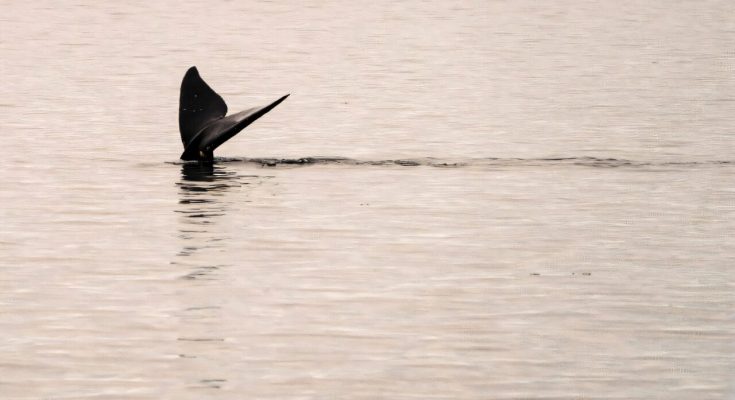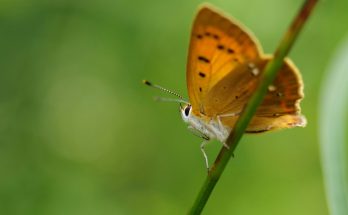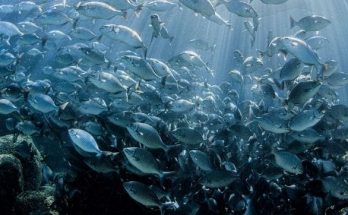Toronto: Biodiversity in Canada has plunged 10% over the last half century, with hundreds of species facing extinction, the World Wildlife Fund (WWF) has said in a report.
World Wildlife Fund Canada’s Living Planet Report Canada (LPRC) 2025: Wildlife at Home reveals the most severe average decline in the size of monitored wildlife populations in Canada since WWF-Canada began reporting two decades ago.
Using the largest dataset to date, the report presents the clearest — and starkest— picture of wildlife loss in Canada yet. More than half (52%) of the species studied are decreasing in abundance. On average, every species group included — birds, fish, mammals, and reptiles and amphibians — is trending in the wrong direction.
LPRC 2025 comes at a time when governments across Canada are prioritizing rapid development, while loosening regulations that protect nature and species at risk. Urgent action is needed now to restore, protect and steward the diverse habitats species call home.
Troubling trends across habitats and species groups
The biggest declines were seen in grassland habitats, where wildlife populations declined by 62 per cent on average since 1970. In forests, mammal populations declined by 42 per cent, on average, over the last five decades. And throughout Canada, species of global conservation concern, those found on the IUCN Red List of Threatened Species, saw their populations decline by 43 per cent, on average.
While some species such as sea otters and raptors are doing better than the national average, others, like bats, caribou and snowy owls, are doing far worse.
The latest findings are based on the current Canadian Living Planet Index (C-LPI), which relied on 5,099 populations records for 910 mammal, bird, amphibian, reptile and fish species from 1970 to 2022.
While this series of reports is not designed for year-to-year comparison due to slight changes in data and methodology, each adds to the picture of how Canadian wildlife is faring over time. As the data available grows, the declines observed in the C-LPI are growing as well.
The window to halt and reverse biodiversity loss is closing
The LPRC comes at a pivotal time: a mere five years from the deadline for Canada to reach the 2030 targets set in the Kunming-Montreal Global Biodiversity Framework and Canada’s 2030 Nature Strategy. Coined the Canadian Species Index, the C-LPI is used as a domestic indicator to measure Canada’s progress towards halting and reversing biodiversity loss.
It also follows the passing of new legislation, federally and provincially, which give governments sweeping new powers to fast-track major infrastructure projects by bypassing environmental safeguards and legal protections for species at risk.
“In nature, everything is connected. The degradation of a habitat or loss of a single species can echo far beyond it. Once a population is declining, the trends become harder to reverse,” Megan Leslie, President and CEO of WWF-Canada, said. “The findings of the Living Planet Report Canada are nature’s warning light, and it’s telling us wildlife and their habitats are threatened. This warning also gives us an opportunity to turn things around before it’s too late. It is imperative that we act now to protect and restore the nature that not only sustains wildlife, but also the heart of our economies.”
“Even in a nature-rich country like Canada, wildlife is struggling. The trends uncovered in the Living Planet Report Canada show populations are continuing to head in the wrong direction. The longer we take to respond, the steeper the decline will become,” James Snider, VP of Science, Knowledge and Innovation at WWF-Canada, said. “Following five decades of persistent declines in wildlife populations, now is not the time to walk back protections for wildlife and habitats. Rather, Canada has a growing responsibility to scale up efforts to restore, protect and steward what remains of species’ habitats, their homes.”





